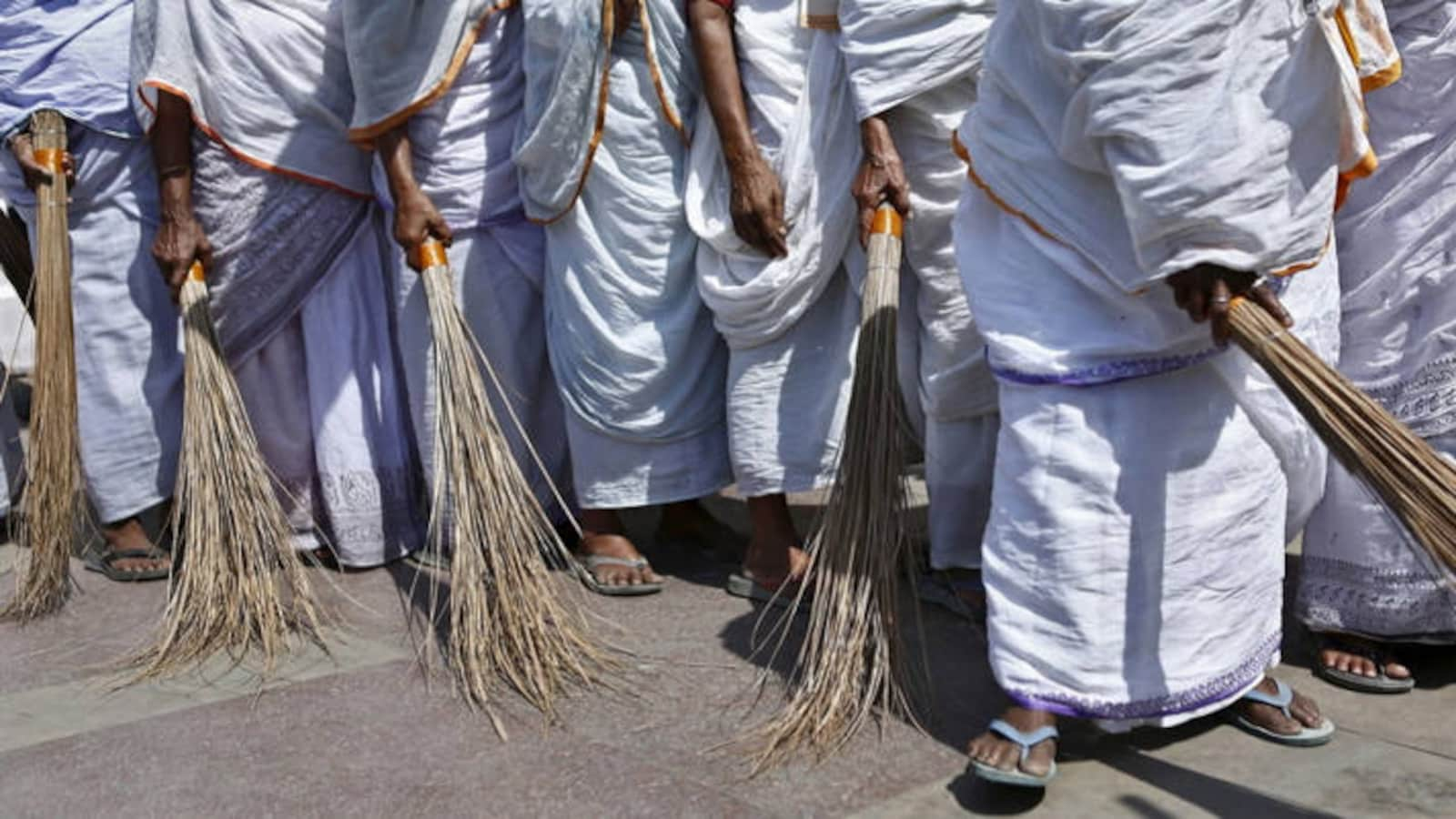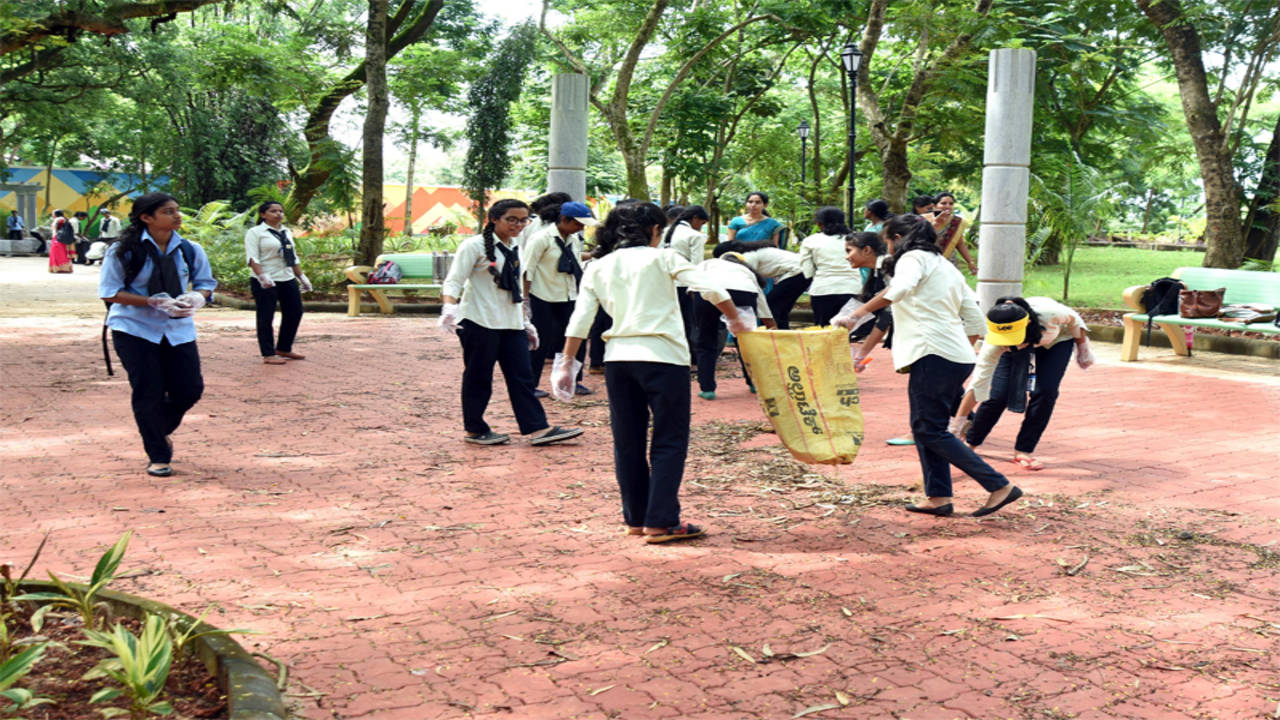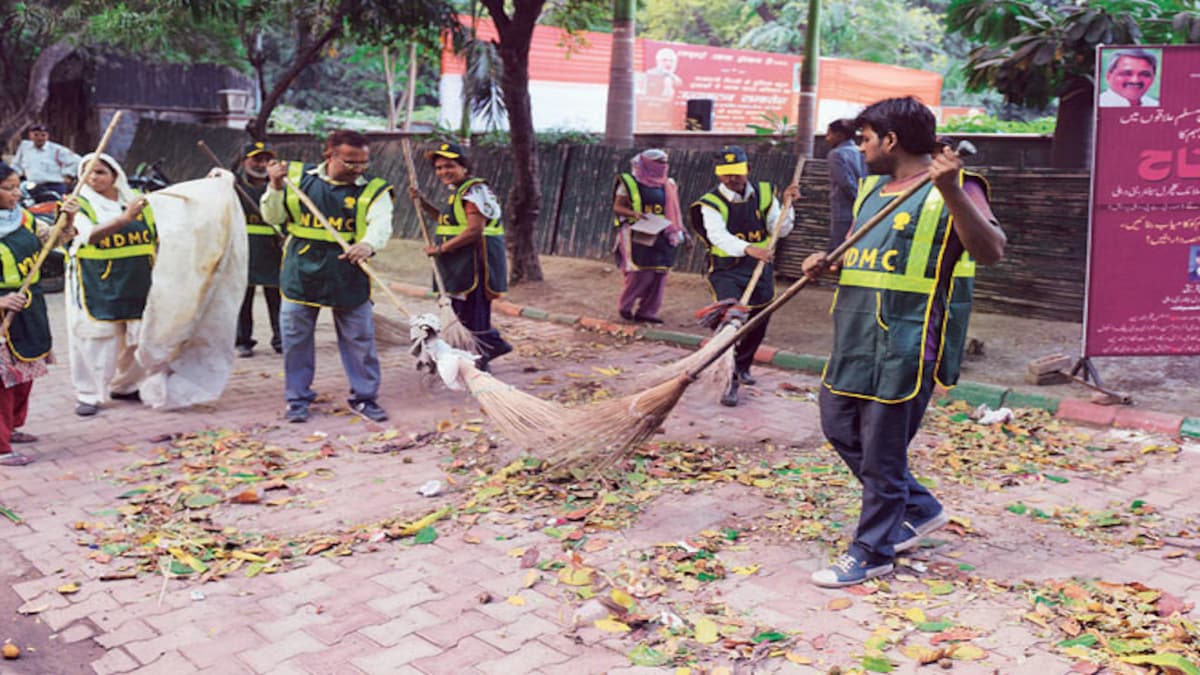Swachh Bharat Mission Urban 2.0: The Role of Annual ‘Swachh Survekshan’ in Constructing Cleaner and Greener Cities

Swachh Bharat Mission Urban 2.0: The Role of Annual ‘Swachh Survekshan’ in Constructing Cleaner and Greener Cities
Periodic evaluations and assessments are done via video conferences, webinars, seminars, and specific SBM-U portals to track the Swachh Bharat Mission’s (SBM-U) progress across the States and Union Territories (UTs).
To evaluate how cleanliness and waste management are implemented in cities, the Ministry of Housing & Urban Affairs (MoHUA) conducts a yearly survey known as “Swachh Survekshan.”
Additionally, through assessments by outside organizations, cities receive yearly certificates for being Open Defecation Free (ODF) and Garbage Free Cities (GFC). Periodic evaluations and judgments of the Swachh Bharat Mission (SBM-U)’s progress across the States and Union Territories (UTs) are done through video conferences, webinars, seminars, and specific SBM-U portals.
SBM-U 2.0 is a five-year effort that will begin on October 1, 2021, to obtain garbage-free status for all communities. The goal calls for complete source segregation, door-to-door garbage collection, scientific management of all waste fractions, and secure landfill disposal.
The objective also emphasizes preventing the release of spent water and untreated faecal sludge into the environment. Sewage, septage, grey water, and black water should all be securely controlled, transported, treated, and reused to the greatest extent possible. A new component called Used Water Management (UWM) has been added for cities with a population of less than one lakh. The programme also intends to clean up all former dumpsites and turn them into green spaces.

The establishment of different Municipal Solid Waste (MSW) management facilities, such as Waste-to-Compost (WtC), Waste-to-Energy (WtE), Bio-methanation, Material Recovery Facilities (MRF), and remediation of old waste dumpsites, construction and demolition waste, etc., are all financially supported by SBM-U 2.0.
Additional financial assistance is provided under the UWM component for the construction of sewage treatment plants (STPs) and STP-cum-fecal sludge treatment plants (FSTPs), the interception and diversion (I&D) of structures with pumping stations and pumping mains/gravity mains up to STP, and the acquisition of sufficient quantities of septic tank desludging tools.
The Solid Waste Management (SWM) component of the SBM-U 2.0 programme will get 10884.80 crores of the 15883 crores designated as Additional Central Assistance (ACA) for UWM.
Shri Kaushal Kishore, the Minister of State for Housing & Urban Affairs, gave this information in a written reply in the Rajya Sabha.
Back in 2014, the Indian government initiated the Swachh Bharat Mission, also referred to as the Clean India Mission, intending to make it a nationwide effort. Its main objective was to ensure effective solid waste management, promoting sanitation, cleanliness, and hygiene nationwide. Following its tremendous success, the Indian Government launched the second phase of this ambitious project: the Swachh Bharat Mission Urban 2.0. As a part of this comprehensive program, the annual ‘Swachh Survekshan’ (Cleanliness Survey) has played an instrumental role in ensuring cleaner and greener urban spaces in India.

Launched with the vision of ensuring comprehensive sanitation and cleanliness, Swachh Bharat Mission Urban 2.0 targets safe and effective waste disposal, thereby reducing environmental pollution. The initiative aims to make Indian cities free from open defecation and open urination, manage waste efficiently, and improve the cleanliness index of the cities. The most distinctive feature of this initiative is its approach towards urban waste, adopting the principle of ‘Reduce, Reuse, and Recycle’, popularly known as the 3Rs of waste management.
Swachh Survekshan, an annual survey conducted under the mission, has been instrumental in assessing the mission’s progress across Indian cities. The survey, which ranks cities based on their sanitation and cleanliness performance, has become a vital tool in the execution and success of the mission. The factors used to determine the ranking include but are not restricted to, the effectiveness of the city’s solid waste management system, feedback from citizens, direct observation, and progress in service levels.
The Swachh Survekshan survey has significantly transformed the urban landscape in India. The competitive spirit it invokes among cities to enhance their sanitation and cleanliness measures has resulted in visible improvements. It has triggered a citywide cleanliness revolution where each city, regardless of size, is keen on improving its cleanliness index.

Moreover, the survey’s citizen feedback mechanism has empowered the familiar person to participate in the cleanliness drive actively. The feedback, a crucial part of the ranking system, provides the government with a grassroots understanding of how the mission is being implemented, facilitating real-time improvements.
The Swachh Bharat Mission Urban 2.0 also emphasizes the greening of cities. Promoting effective waste management, which includes composting and recycling, reduces the reliance on landfills, which often lead to environmental degradation. By segregating waste into biodegradable and non-biodegradable and treating them differently, it ensures the optimal utilization of resources.
Besides, the mission also encourages water conservation and reusing treated wastewater, promoting sustainable living. It is crucial to undertake these measures to minimize the effects of climate change and urban heat islands.

In the battle against pollution, the Swachh Bharat Mission Urban 2.0, especially the annual Swachh Survekshan survey, has been at the forefront of the movement towards cleaner and greener cities. It has fast-tracked India’s journey towards comprehensive cleanliness and sanitation by involving citizens in the process and promoting competition among cities. The mission has emphasized the significance of sustainable living in urban areas by adopting a comprehensive approach. This will eventually lead to a cleaner and greener India.




